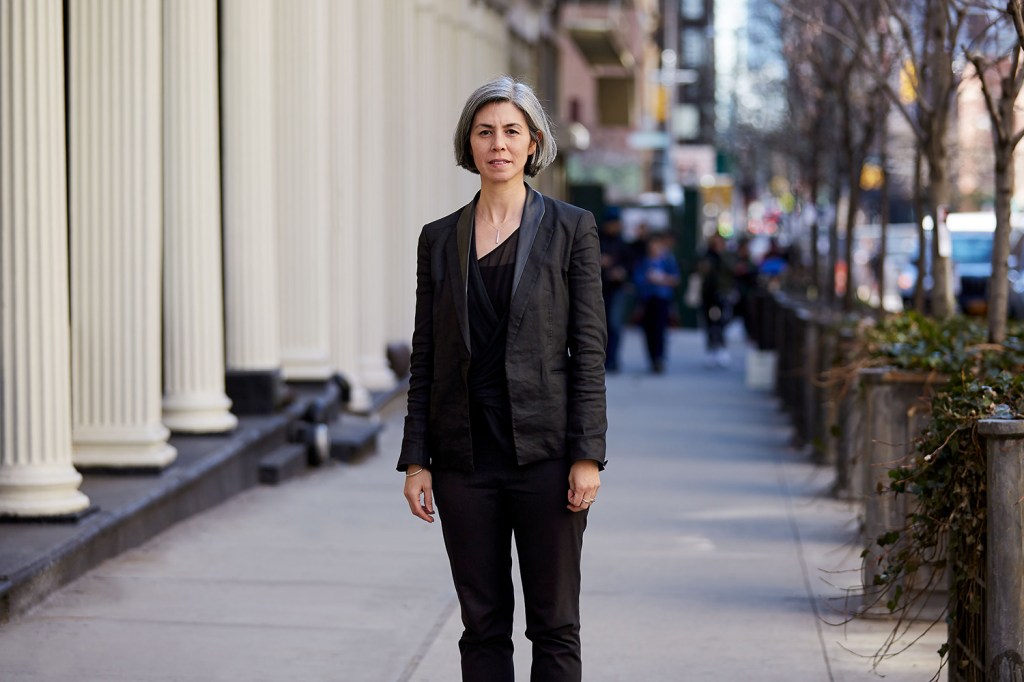Kim Yao, AIA, is a principal at Architecture Research Office (ARO) in New York, and vice president of public outreach for AIA New York (AIANY). Having taught at Barnard College for a decade, Parsons School of Design, and now Columbia University, Yao sees firsthand some of the opportunities—and challenges—for students on the path to becoming architects. “Outreach to students to help them answer difficult questions is no different than outreach to the public,” she says “My firm, ARO, cares about creating collaborative environments and asking engaging questions. The design process in school is also about inquiry and allows students to explore things that don’t occur to the studio critic or reviewer.”
I ask my students to let their surroundings inform their work; that type of design process creates a strong framework to test ideas. Iterative aspects of design work in the classroom and studio are the same as in our office—and it’s OK to not have all the answers.
One of the challenges that emerging professionals face is about their next career step. Or, to put it another way, how they can apply their critical-thinking skills to the specific tasks they’ll be asked to do in a work environment. Students who go into M.Arch. programs emerge with different expectations about their careers. And not all those expectations are about being a registered architect in that singular way. The kinds of jobs in architecture range considerably—and certainly much more than when I was in school. Recent graduates need to know that a range of opportunities exists, and that has to do with transparency on my part as their instructor. Licensure is an enabling process and an accomplishment, too, and to keep that in mind helps students mark their progress toward a goal.
I am fortunate to have a practice in New York City because the people who live here instinctively know that the built environment can affect us positively. In terms of public outreach, AIANY thinks about it all the time—and there’s more to do. One way is to improve communication between schools and firms, between firms and communities, and between architects back to students. The public—writ large—is interested in architecture on some level. My colleagues at AIANY spend a lot of time thinking about its own diverse membership, and how we can extend that value of inclusion to other things, like exhibits.
We’d love to influence everyone in “the public” to see things our way, but realistically we break down that word by looking at youth groups. The most strategic discussions we have happen around education. Public officials are also vital, and we constantly try to engage dialogues with commissioners, council members, and elected leaders. They were students once, too, and to work upstream and downstream at the same time is a privilege. —As told to William Richards
